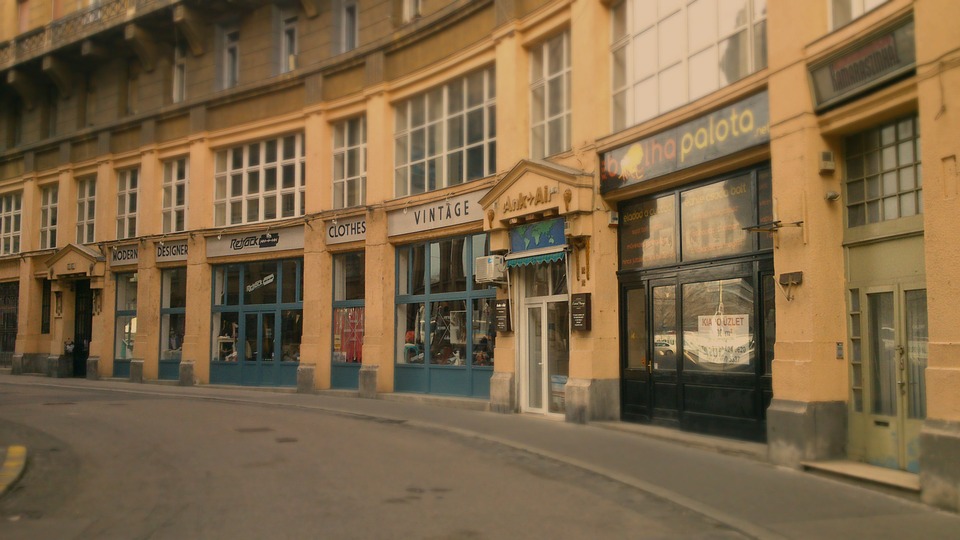For OpenHeritage, we look at adaptive reuse of built heritage and archaeological sites. Heritage however, is considered in a broad sense. So we look beyond formalised forms of heritage (e.g. listed buildings, conservation areas, archaeological sites), including sites that are heritage through being part of the historic environment, relevant intangible heritage, reflecting building processes and character, or involving traditional crafts etc. This means that adaptive reuse can be any reuse/repurposing of a historic building (heritage – but not necessarily listed) that involve changes to the material and immaterial aspects of site and/or building(s).

Creating an overview of the involved governance and funding models thus involves more than looking at heritage policies! We are creating an overview on national, sub-national, and local level across all the countries we have case studies in. A critical review of the regulatory systems includes policies and tools around planning, funding, architecture, and heritage, as well as contextualising trends, main actors, bottlenecks, and incentives.
The individual overviews per country provide in-depth understanding for policy-makers and adaptive reuse practitioners and contextualise the specifics and learnings on the ground as developed in the Observatory Cases & Cooperative Heritage Labs. Further analyses of country specific overviews in thematic outlines focussed on institutional and regulatory context; funding mechanisms and economic models; territorial development and architectural regulations. This will be developed into a typology of governance and finance models for adaptive re-use, and a better understanding of how all involved can learn from each other’s approaches.
